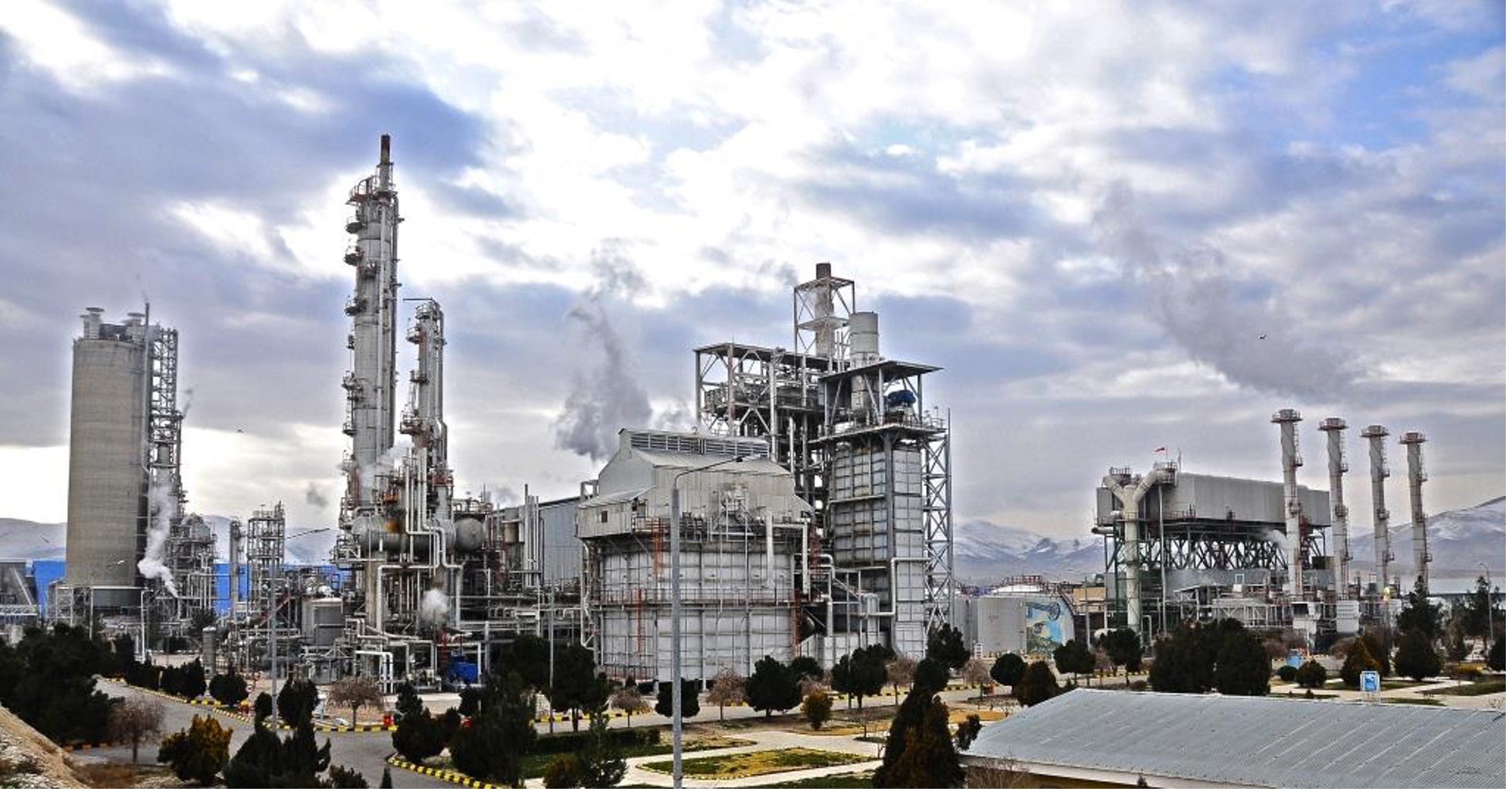Introduction to Urea 46 Prill
Fertilizer urea can be purchased as prills or as a granulated material. The prills formed a smaller and softer substance than other materials commonly used in fertilizer blends.

Urea fertilizer 46% in the forms of Prill and granule is one of our major activities. HPChemX Group has the ability to supply urea fertilizer in the shortest time and with the best price from petrochemicals in the world.
Prill fertilizer is usually softer than granular. Usually the size of pearl is between 1 up to 2/4 mm but Granule is between 2 up to 4 mm. The physical structure of urea fertilizer is the key factor to its mechanical and physical properties such as flow ability and avoidance of caking, while thermal and chemical properties are unlikely to be affected. The results confirm that both prilled and granulated urea are of a very similar composition and thermal characteristics (melting point). The only key difference between them is the internal structure of granules which is the fundamental key to their mechanical properties. The strength measurement show granulated urea have a higher strength as their prominent size and internal structure, while prills performed weaker strength having the small size.
Urea production Prill
The first reaction is exothermic and fast and ammonia and carbon dioxide convert to the liquid ammonium carbamate (NH2COONH4) and the second reaction is endothermic and slow, the ammonium carbamate decomposes to urea (NH2CONH2) and water. The 70% of produced urea in the world is used in agriculture and the rest is used in production of melamine powder as animal food and medical applications.
Urea produced from a reaction between ammonia and carbon dioxide in 143 kg/cm2 and 170-180 oC based on these reactions:
- 2NH3+CO2 ->/<- NH2COONH4
- NH2COONH4 ->/<- NH2CONH2+ H20
Specification of Prill Urea
| NO. | PROPERTY | UNITS | TEST METHOD | SPEC VALUE |
|---|---|---|---|---|
| 1 | N2 content | Wt% | BS DIN EN 15478 | Min 46 |
| 2 | Biuret content | Wt% | ISO 760 | Max 0.3 |
| 3 | Moisture | Wt% | ISO 760 | Max 0.3 |
| 4 | Particle size(1-2.4mm) | % | ISO 8397 | Min 90 |
| 5 | Urea Formaldhide(UF) | % | H.F.T 1.6 & SBB 0071-02-E | Max 0.4 |
| 6 | Formaldhide in Industrial Urea | PPM | H.F.T 1.6 & SBB 0071-02-E | Max 100 |
| 7 | Anticake(eurasoft -150) | PPM | Eurasoft Method’s | Max 1000 |
| 8 | Anticake in Industrial Urea | PPM | Eurasoft Method’s | Max 25 |
Risk factors
No special hazards. Urea is non-combustible or has a low fire-risk. This cargo is hygroscopic and will cake if wet. Urea (either pure or impure) may, in the presence of moisture, damage paintwork or corrode steel.
Consult the IMSBC Code (International Maritime Solid Bulk Cargoes Code), the IMDG Code (International Maritime Dangerous Goods Code) and applicable MSDS sheet for safe handling/carriage.

Product Identification
- Chemical Name: Urea
- CAS NO:57-13-6
- Chemical Formula: (NH2)2CO or CH4N2O
- Chemical Name: Carbonyldiamide
Hazard Identification
Potential Acute Health Effects: Hazardous in case of skin contact (irritant), of eye contact (irritant), of ingestion, of inhalation.
Potential Chronic Health Effects:
- CARCINOGENIC EFFECTS: Not available.
- MUTAGENIC EFFECTS: Mutagenic for mammalian somatic cells.
- TERATOGENIC EFFECTS: Not available
- DEVELOPMENTAL TOXICITY: Not available.
NOTE: The substance may be toxic to blood, cardiovascular system. Repeated or prolonged exposure to the substance can produce target organs damage
Transport Information
- DOT Classification: Not a DOT controlled material.
- Identification: Not applicable.
- Special Provisions for Transport: Not applicable.
| Fire/explosion Data | |
|---|---|
| Auto-Ignition Temperature: | Not available. |
| Flash Points: | Not available. |
| Flammability of the Product: | May be combustible at high temperature. |
| Fire Hazards in Presence of Various Substances: | Slightly flammable to flammable in presence of heat. |
| Products of Combustion: | These products are carbon oxides (CO, CO2), nitrogen oxides. |
| Flammable Limits: | Not available. |
| Explosion Hazards in Presence of Various Substances: | Not available. |
| Risks of explosion of the product in presence of mechanical impact: | Not available. |
| Risks of explosion of the product in presence of static discharge: | Not available. |
| Special Remarks on Fire Hazards | Not applicable |
| Special Remarks on Explosion Hazards: | Not applicable |
Fire Fighting Media and Instructions:
- SMALL FIRE: Use DRY chemical powder.
- LARGE FIRE: Use water spray, fog or foam. Do not use a water jet.
